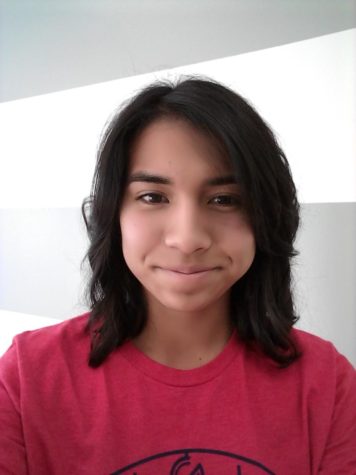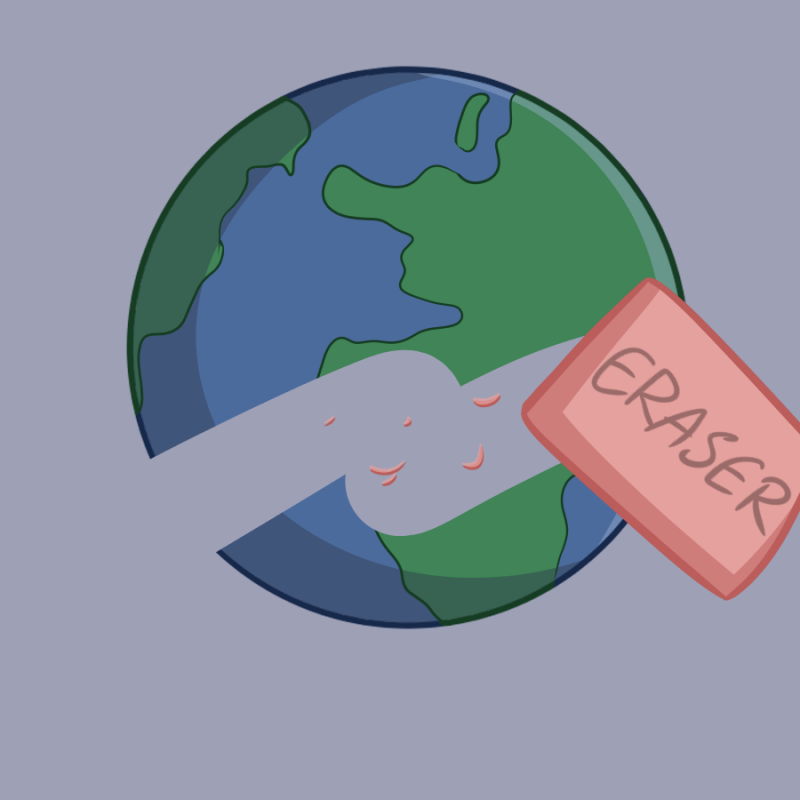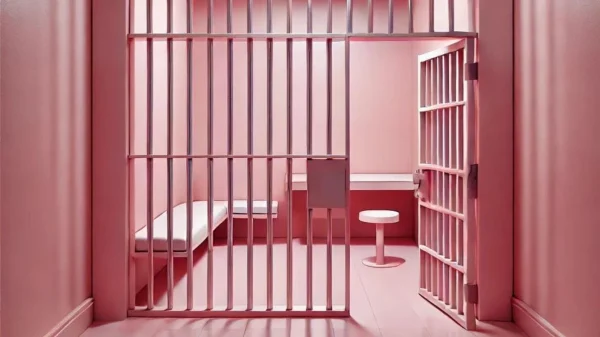Erasing History in the AP World
Picture by SIerra Gutierrez
Some rather drastic changes will be introduced to AP World History, and not all of them are good. For the past 16 years or so, the AP World History course has included over 10,000 years of human history; everything from the beginning of the first civilizations to the wars of modern day is part of one massive course, which would lead up to a test that some colleges will accept for double the credit of most other AP classes. Due to the recent controversial decisions of College Board, however, most of that history could be permanently erased from the AP curriculum.
The College Board website explains, “The current AP World History course and exam attempt to cover 10,000 years of human history… In contrast, colleges manage the unique breadth of world history by spreading the content across multiple courses. Because AP World History does not do so, a majority of AP World History teachers have told us that they were teaching too little about too much.”
Initially, the solution to the problem of an overly-packed AP course was to shorten the curriculum so that world history would start at 1450 CE- a move that would cut out both the development of great classical empires and centuries of important precolonial civilizations in Africa and Asia.
After an outcry from history teachers and a popular student petition, however, College Board agreed to add a few hundred years back to the course. Now, world history now includes everything from the modern day to 1200 CE. Unfortunately, this is not enough.
Though the extra 200 years does technically avoid an exclusively Eurocentric view of history by including the tail end of some of the greater African civilizations, the arbitrary 1200 CE cutoff date still leaves an empty void where several important human events occured. Some of the events cut out of the class include the Neolithic/Agricultural revolutions (which are vital parts of understanding the structure of modern societies), the development of pre-Christian world religions (especially eastern religions), some post-classical civilizations such as the Islamic Caliphates and Medieval Europe, and the emergence of major trade routes such as the Silk Road.
Even with these subjects currently included in the history curriculum, there are many students who don’t understand the importance of applying the above knowledge to their modern life and consequently miss out on the nuance that is necessary to truly understand the state of the world today. How much worse would this problem be if these foundational subjects were not taught at all? Cutting out so much material from the course and the AP test may mean that students never have a reason to study the vital, non-European-dominated parts of the history of our world.
A proposed AP Ancient History class isn’t the solution either. Such a class might not even make it through the college approval process, much less become a widely available and accessible AP class alongside AP World History.
Although it is a daunting task to learn as well as to teach the current AP World History course, keeping the content of the class true to its name by including not only the years dominated by western Europe, but also the diverse scope of civilizations from all around the planet is vital in giving students a true understanding of the role of history in today’s society.

My name is Sierra Gutierrez, and I am a staff writer for the Ubiquity. I draw, paint, and play volleyball, but my real passion is writing. I hope to improve...

My name is Sierra Gutierrez, and I am a staff writer for the Ubiquity. I draw, paint, and play volleyball, but my real passion is writing. I hope to improve...








